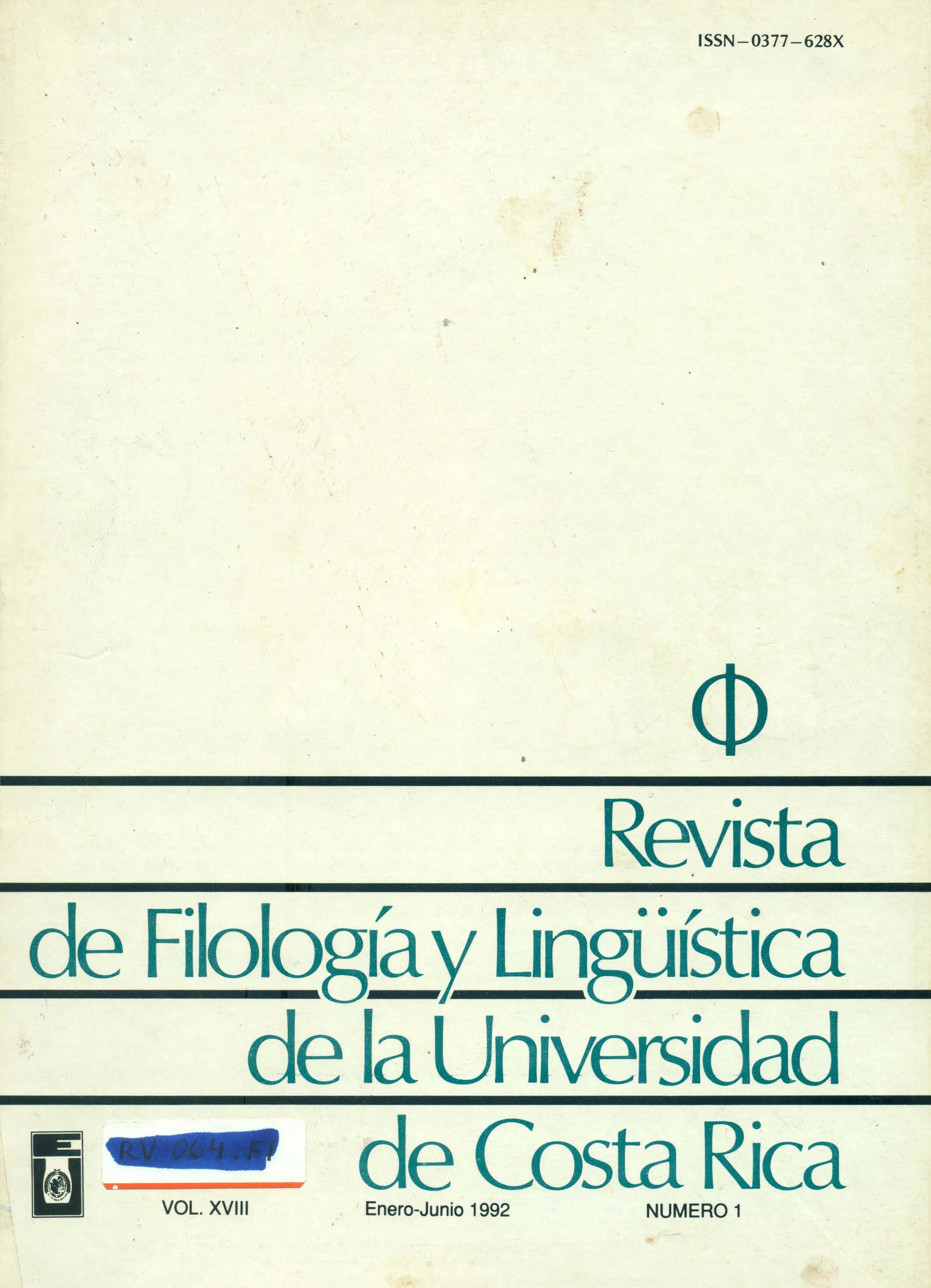Resumo
A. Jolles propuso hagiografía como uno de los subgéneros narrativos básicos del arte verbal Europeo que llamó las formas simples, y consideró posibles universales. Sin embargo, en el caso particular de la hagiografía (que él caracteriza, sobre la base del catolicismo medieval), señaló que las aparentes homólogas en otros períodos de la historia de Europa parecían ser tan divergentes que, en el caso de otras culturas, su reconocimiento resultará muy difícil. En este artículo, se demuestra que en el arte verbal de los guatusos (un grupo Chibehan del norte de Costa Rica), hay un subgénero que es fácilmente reconocible como equivalente el cultivado en Europa medieval. Sobre la base de este hecho, se argumenta que la caracterización de Jolles era insuficiente, y lo llevó a no poder identificar formas no hagiográficos de arte verbal como hagiográficos, una confusión que, a su vez, motivó sus dudas sobre la probabilidad de la identificación de manifestaciones no europeos.
A. Jolles proposed hagiography as one of the basic narrative subgenres of European verbal art which he called the simple forms , and considered possible universals. Nevertheless, in the particular case of hagiography (which he characterized on the basis of medioeval catholicism), he pointed out that the apparent counterparts in other periods of European history seemed to be so divergent that, in the case of other cultures, their recognition rnight result very difficult. In this article, it is shown that in the verbal art of the Guatusos (a Chibehan group from northem Costa Rica), there is a subgenre which is readily recognizable as equivalent to the one cultivated in medioeval Europe. On the basis of this fact, it is argued that Jolles' characterization was insufficient, and led him to miss identify non-hagiographic forms of verbal art as hagiographic, a confusion which, in turn, motivated his doubts on the probability of the identification of non-European manifestations.

